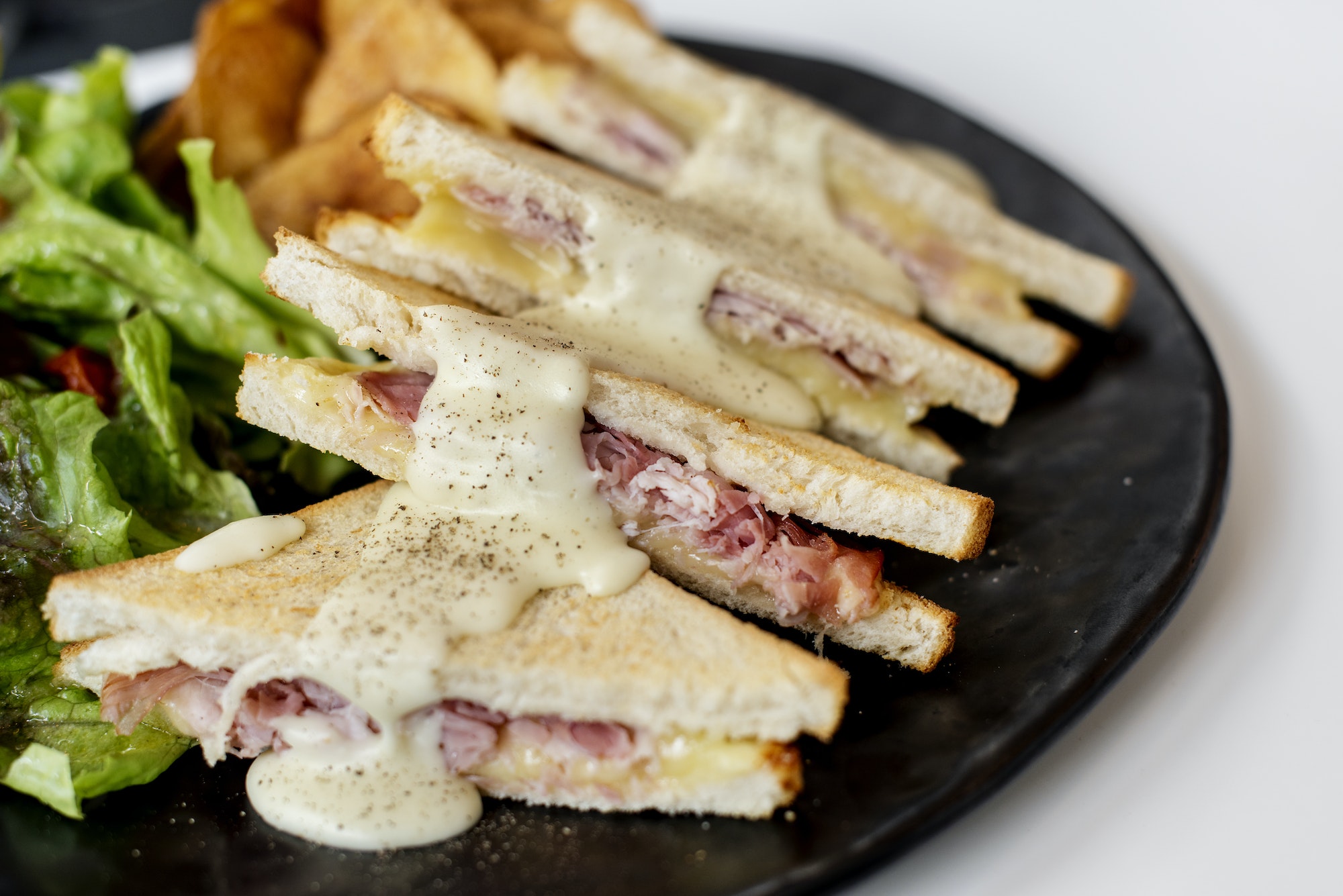In the world of gourmet food plating, presentation is as important as taste. Chefs use various techniques to create visually appealing and innovative dishes that not only tantalize the taste buds but also engage the senses. One such technique is to build height and depth by layering and stacking ingredients. This approach adds a sense of drama and sophistication to the plate, making it more enticing for the diner.
Layering and stacking are two different yet complementary techniques that can be used individually or together to create a well-balanced and visually appealing dish. Layering involves placing ingredients on top of each other in a specific order, while stacking is the process of arranging ingredients vertically.
Layering Techniques
Layering can be achieved with both solid and semi-solid ingredients. For example, in a dessert like tiramisu, sponge cake is soaked in coffee and layered with a mixture of mascarpone cheese, sugar, and eggs. This creates a beautiful visual effect when cut into, revealing distinct layers of cake and creamy filling.
Similarly, in savory dishes, chefs often layer vegetables, proteins, and sauces to create depth of flavor and texture. A classic example is lasagna, where pasta sheets are layered with meat sauce, bechamel sauce, and cheese.
When layering ingredients, it’s essential to consider their individual textures, flavors, and colors. Ingredients should complement each other in taste but also create contrasting textures for a more exciting eating experience.
Stacking Techniques
Stacking involves arranging ingredients vertically on the plate to create height and visual interest. This can be achieved by using ring molds or simply by hand.
A popular application of stacking is in salads. Chefs might stack layers of tomatoes, mozzarella, and basil leaves to create a caprese salad tower or arrange thinly sliced raw fish atop a mound of seasoned rice for an elegant sushi presentation.
Incorporating height into a dish can also be achieved by using garnishes like fried leeks or crisps, which can be placed vertically on the plate.
Combining Layering and Stacking
For a truly stunning presentation, chefs can combine both layering and stacking techniques. This can be seen in dishes like mille-feuille, where layers of puff pastry are stacked with pastry cream and fruit to create an impressive tower of contrasting textures.
In savory dishes, chefs might stack a piece of protein like fish or chicken atop a bed of pureed vegetables, then layer with a sauce or garnish to create height and depth. This not only adds visual appeal but also allows for a more complex flavor profile as the diner experiences each component individually and in combination.
Tips for Successful Height Building
- Use complementary ingredients: Choose ingredients that work well together in terms of flavor, texture, and color.
- Consider portion size: When building height, it’s essential to ensure that portion sizes remain manageable for the diner. Overloading the plate can result in an unappetizing mess.
- Use appropriate tools: Ring molds, piping bags, and other kitchen tools can aid in creating precise layers and stacks.
- Balance height with other elements: While height can add drama to a dish, it’s important not to neglect other aspects of plating such as color, texture, and white space.
- Practice makes perfect: Experiment with different ingredients and techniques to find what works best for your dish and refine your skills.
Mastering the art of building height and depth through layering and stacking is an essential skill for any gourmet chef. With practice and creativity, you can transform ordinary ingredients into extraordinary culinary masterpieces that delight the senses.

